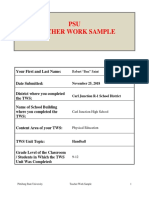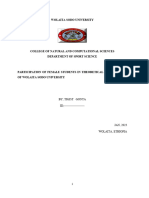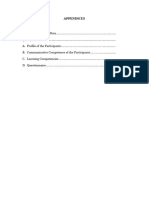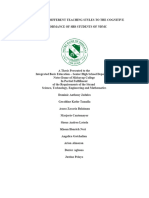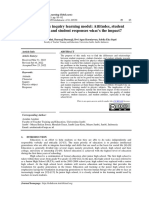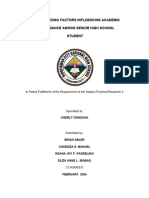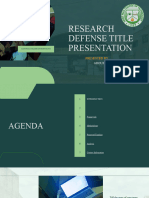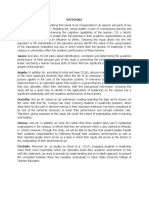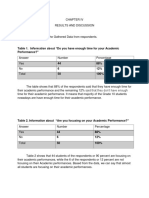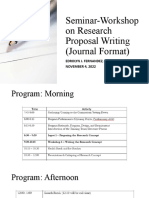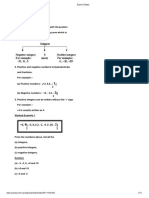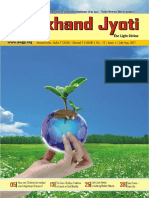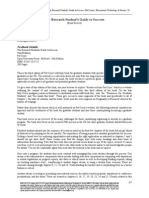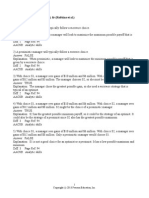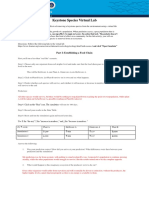0% found this document useful (0 votes)
51 views25 pagesScript Final Defense
The document summarizes research on factors influencing the learning capabilities of high school students. It presents results from a survey of 30 students on student-related and teacher-related factors. For student-related factors, most respondents reported being highly or very highly influenced by paying attention in class, participating actively, wanting good grades, being prepared for subjects, exerting effort in academic work, and ensuring extracurricular activities do not interfere with studies. For teacher-related factors, most respondents reported being highly or very highly influenced by teachers getting along well with students and imposing discipline. The overall weighted means showed students are very highly influenced by these factors related to their studies and participation in school.
Uploaded by
Christel GutierrezCopyright
© © All Rights Reserved
We take content rights seriously. If you suspect this is your content, claim it here.
Available Formats
Download as PDF, TXT or read online on Scribd
0% found this document useful (0 votes)
51 views25 pagesScript Final Defense
The document summarizes research on factors influencing the learning capabilities of high school students. It presents results from a survey of 30 students on student-related and teacher-related factors. For student-related factors, most respondents reported being highly or very highly influenced by paying attention in class, participating actively, wanting good grades, being prepared for subjects, exerting effort in academic work, and ensuring extracurricular activities do not interfere with studies. For teacher-related factors, most respondents reported being highly or very highly influenced by teachers getting along well with students and imposing discipline. The overall weighted means showed students are very highly influenced by these factors related to their studies and participation in school.
Uploaded by
Christel GutierrezCopyright
© © All Rights Reserved
We take content rights seriously. If you suspect this is your content, claim it here.
Available Formats
Download as PDF, TXT or read online on Scribd
/ 25


